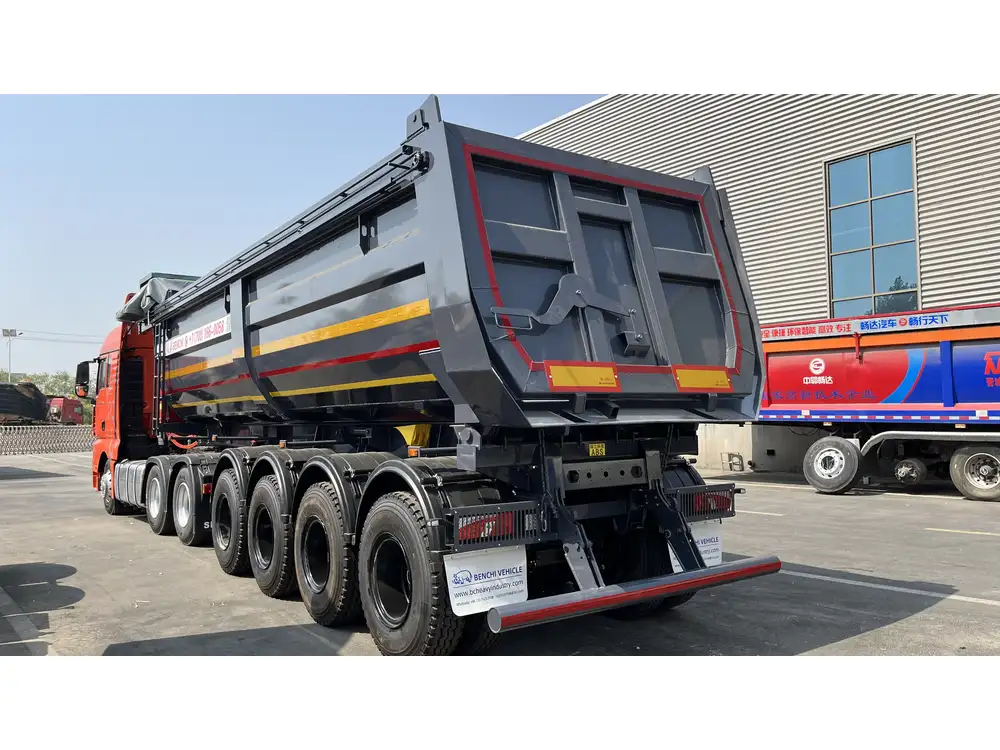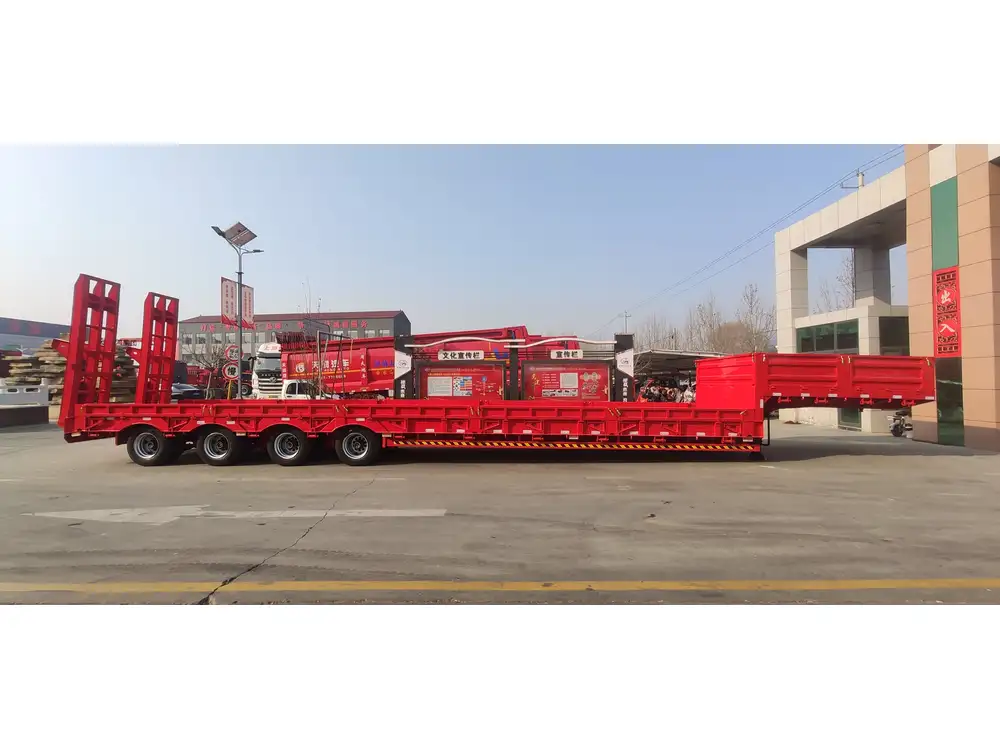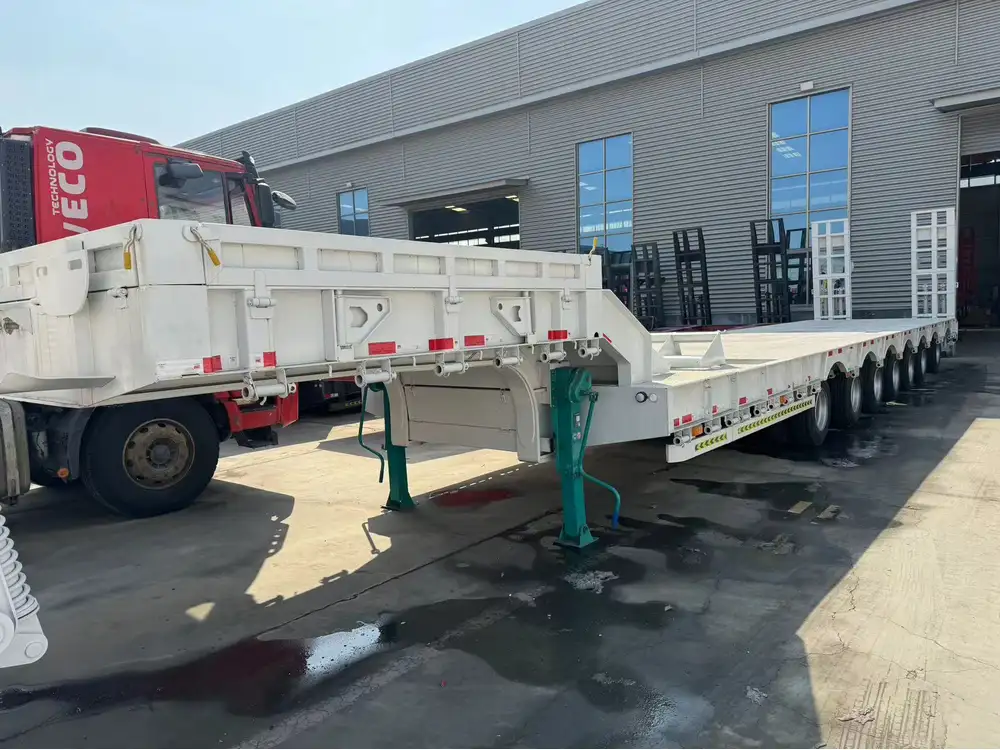When it comes to the transportation of fuels like gasoline, understanding the capacity of tanker trucks is crucial for both logistics and safety. Operators in the trucking and fuel distribution industries often seek clarity on this subject, and in this comprehensive guide, we will break down everything you need to know about how many gallons of gas a typical tanker truck can carry.
Demystifying Tanker Truck Capacities
Common Types of Tanker Trucks
Before diving into specific capacities, let’s first explore the various types of tanker trucks commonly used for transporting gasoline and other fuels. Understanding these various types can provide insight into how their designs influence capacity:
| Type of Tanker | Description |
|---|---|
| Single Axle Tanker | Smaller, typically used for urban delivery, with capacities ranging from 1,500 to 6,000 gallons. |
| Tandem Axle Tanker | More suited for highway use with a larger capacity, usually between 6,000 to 10,000 gallons. |
| Tri-Axle Tanker | Designed for higher weight loads, frequently used for long hauls, capable of carrying between 10,000 and 12,000 gallons. |
| Super Tanker | Massive capacity trucks, often used for depot-based fuel supply, can hold over 12,000 gallons to upwards of 30,000 gallons, depending on design. |

Standard Capacity Ranges
The capacity of a tanker truck varies significantly based on its configuration and legal weight limits. Below is a summary of typical capacities by truck type:
- Small Tankers (e.g., single axle): 1,500 to 6,000 gallons
- Medium Tankers (e.g., tandem axle): 6,000 to 10,000 gallons
- Large Tankers (e.g., tri-axle): 10,000 to 12,000 gallons
- Super Tankers: 12,000 to 30,000 gallons
Key Factors Influencing Capacity
Tank Shape and Material:
- Tankers may have cylindrical, oval, or specialized shapes. The material of construction—usually aluminum or steel—may also impact capacity.
Regulatory Restrictions:
- Different states and countries have varying weight restrictions, which can influence the maximum capacity a truck might legally carry.
Weight Distribution:
- The distribution of fuel affects not only capacity but also operational efficiency and safety.
Calculating Volume Based on Tank Dimensions
To provide an even clearer perspective, let’s delve into how volume is calculated. The formula for the volume of a cylinder (which is a common shape for fuel tanks) can be expressed as:
[ \text{Volume} = \pi \times r^2 \times h ]where ( r ) is the radius of the tank and ( h ) is the height.

Example Calculation
For example, consider a cylindrical tanker truck with the following dimensions:
- Diameter: 8 feet
- Length: 40 feet
Step 1: Calculate the radius.
- Radius (( r )): ( \frac{8 \text{ feet}}{2} = 4 \text{ feet} )
Step 2: Convert height to inches for consistency.
- Height (( h )): 40 feet = 480 inches
Step 3: Calculate volume.
Using ( \pi \approx 3.14 ):
[ \text{Volume} = 3.14 \times (4 \times 12)^2 \times (40 \times 12) ] [ = 3.14 \times 48^2 \times 480 ] [ = 3.14 \times 2304 \times 480 \approx 3,494,784 \text { cubic inches} ]To convert cubic inches to gallons (1 gallon = 231 cubic inches):
[ \text{Gallons} \approx \frac{3,494,784}{231} \approx 15,143 \text{ gallons}]
This example illustrates that even the dimensions of a tanker truck can lead to surprisingly large volumes of fuel.
Impact of Fuel Type on Tanker Capacity
Fuel Density Considerations
It is vital to understand that different fuels have distinct densities. For instance:
- Gasoline typically has a density of approximately 6 to 6.5 pounds per gallon.
- Diesel has a higher density of around 7 to 7.5 pounds per gallon.
This variance in density means that while a tanker truck’s volume may appear to be the same across different fuels, the weight it can legally carry will differ markedly.

Weight Distribution and Efficiency
Considering how the weight of the cargo impacts handling and efficiency is crucial. A fully loaded tanker can weigh significantly more than its empty state, and adequate distribution becomes essential for safe operation.
Safety and Regulations in Tanker Transport
Compliance with DOT Standards
The Department of Transportation (DOT) enforces stringent regulations concerning the transport of hazardous materials like gasoline. These regulations govern everything from tank specifications to driver training and emergency response protocols.
Key DOT standards include:
- Tank Integrity: Regular inspections and documentation for leakage, corrosion, and overall tank condition.
- Driver Education: Specialized training for drivers during hazardous material transport.

Emergency Response Considerations
In the event of a spillage or accident, the protocols must include swift emergency response, requiring:
- Communication Plans: Ability to alert authorities quickly.
- Containment Equipment: Availability of tools to prevent the spread of contaminants.
Future Trends in Tanker Truck Designs
Innovations in Material and Structure
The future of tanker design is leaning toward lighter, more durable materials that improve fuel efficiency and safety. Innovations such as:
- Composite Materials: Could reduce weight while maintaining pressure resistance.
- Advanced Monitoring Systems: To continuously track fuel levels and detect leaks.

Environmental Considerations
As the world moves toward sustainability, tanker trucks may evolve to accommodate alternative fuels such as hydrogen or biofuels.
Comparison of Traditional vs. Innovative Tanker Designs
| Aspect | Traditional Tankers | Innovative Tankers |
|---|---|---|
| Materials Used | Steel/Aluminum | Composites/Advanced Polymers |
| Weight | Heavier | Lighter |
| Fuel Efficiency | Lower efficiency | Improved efficiency |
| Environmental Impact | Higher emissions | Reduced emissions |
Conclusion
Understanding how many gallons of gas a tanker truck can hold is not merely a matter of knowing a number. Rather, it encompasses an interaction of design, regulations, safety protocols, and innovations shaping the industry’s future. For operators and logistics managers, this knowledge equips them with the tools to optimize their operations while ensuring compliance with safety regulations and satisfying customer demands for reliable fuel supply.
As the industry progresses, the dialogue surrounding tanker truck capacities will evolve, bringing forth new ways to streamline fuel transportation, maintain safety, and address environmental concerns. By harnessing this complex interplay of factors, businesses can ensure they are well-positioned to meet the demands of tomorrow’s market effectively.



